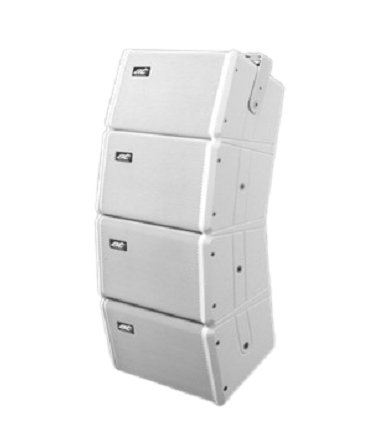How to Properly Position a Line Array System for Even Sound Coverage
Achieving even sound coverage in large venues requires precise placement of a Line Array System. Whether for concerts, auditoriums, or outdoor events, properly positioning a Line Array System ensures consistent sound quality, minimizes dead spots, and enhances audience experience. In this guide, we will explore the best techniques for positioning a Line Array System to achieve optimal sound distribution and clarity.

Why Proper Positioning of a Line Array System is Crucial
A Line Array System is designed to deliver uniform sound across large spaces, but improper placement can lead to uneven volume levels, phase interference, and poor audience experience. Key benefits of correct positioning include:
- Consistent Sound Levels: Ensures even distribution across the venue.
- Minimized Interference: Reduces phase cancellation and audio distortions.
- Enhanced Clarity: Maintains vocal and instrumental definition.
- Optimal Coverage: Prevents dead zones and overly loud areas.
Key Factors in Positioning a Line Array System
1. Understanding Venue Acoustics
Factors Affecting Acoustics:
- Venue size and shape – Larger spaces require strategic speaker placement to avoid echo.
- Wall and ceiling materials – Hard surfaces reflect sound, affecting clarity.
- Audience placement – Consider seating arrangement to optimize sound distribution.
Solutions:
- Use acoustic treatment in reflective areas to improve clarity.
- Adjust the angle of the Line Array System to direct sound efficiently.
- Conduct pre-event sound tests to identify and fix acoustic challenges.
2. Determining the Right Height
Importance of Height:
- Too high: Loss of clarity in lower frequencies.
- Too low: Uneven distribution and potential obstruction.
Best Practices:
- Position the Line Array System above audience head level for even dispersion.
- Use modeling software to simulate and adjust the height before installation.
- Maintain a downward tilt angle to ensure sound reaches the back of the venue.
Best Practices for Even Sound Coverage with a Line Array System
1. Speaker Configuration and Angling
- Use progressive splay angles to reduce overlapping frequencies.
- Align speakers in a vertical plane to create a consistent sound field.
- Test different configurations to find the optimal angle for your venue.
2. Calculating Distance Between Speakers
- Maintain proper inter-speaker spacing to avoid gaps in coverage.
- Ensure sufficient overlap between sound waves for seamless audio.
- Adjust based on venue size and the number of speakers used.
3. Using Delay and DSP Adjustments
- Implement digital signal processing (DSP) to fine-tune frequencies.
- Adjust delay settings to synchronize sound waves across the venue.
- Use phase alignment to eliminate unwanted reflections and distortions.
Common Mistakes to Avoid When Positioning a Line Array System
1. Overlooking Sound Reflection and Absorption
- Solution: Conduct an acoustic analysis before setup.
2. Ignoring the Impact of Outdoor Environments
- Solution: Adjust positioning to account for wind and temperature effects.
3. Failing to Optimize Speaker Angles
- Solution: Use software simulations to fine-tune placement before installation.
Properly positioning a Line Array System is essential for achieving even sound coverage in large venues. By considering venue acoustics, optimizing speaker height, configuring angles correctly, and using digital adjustments, you can ensure a flawless audio experience. Whether for live performances, corporate events, or large gatherings, investing time in the correct placement of a Line Array System guarantees superior sound quality and audience satisfaction.
